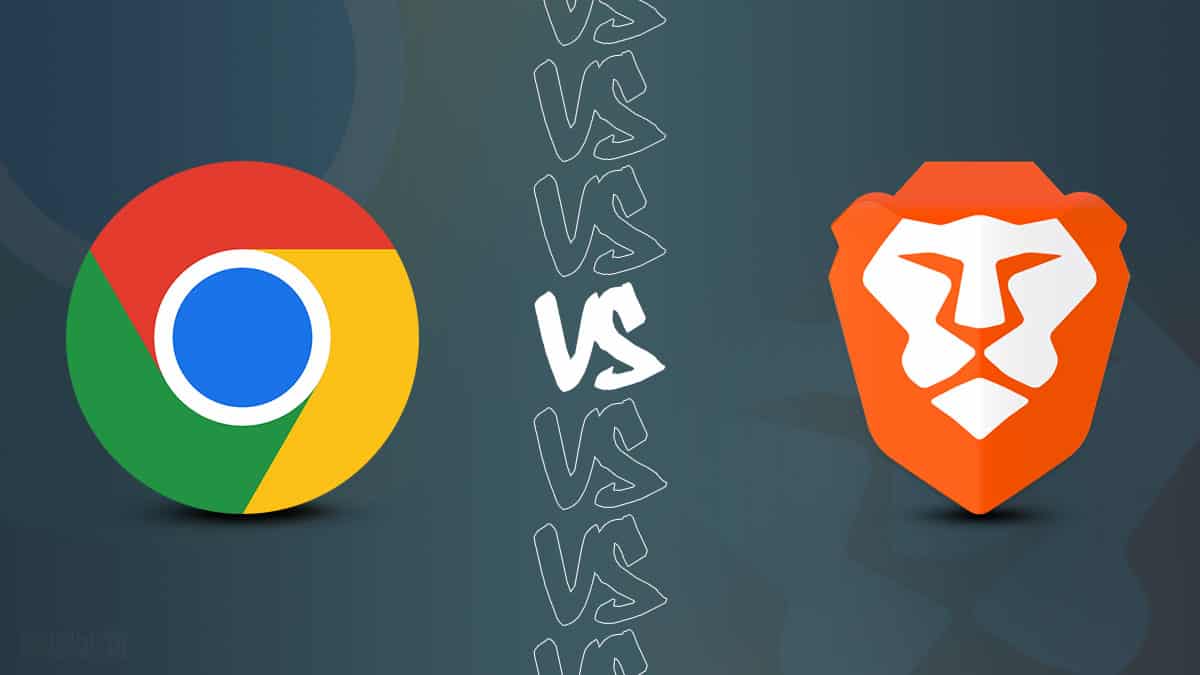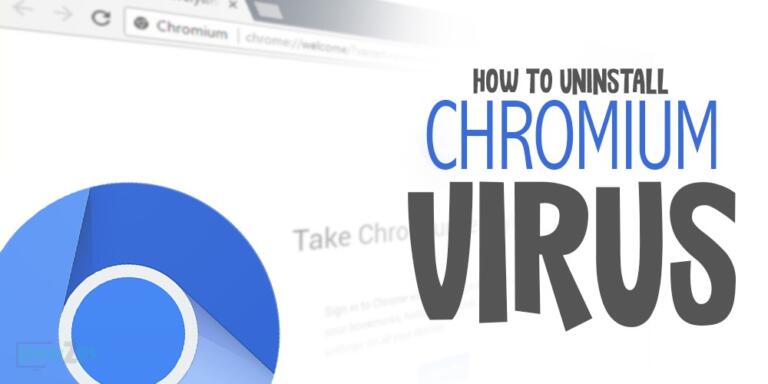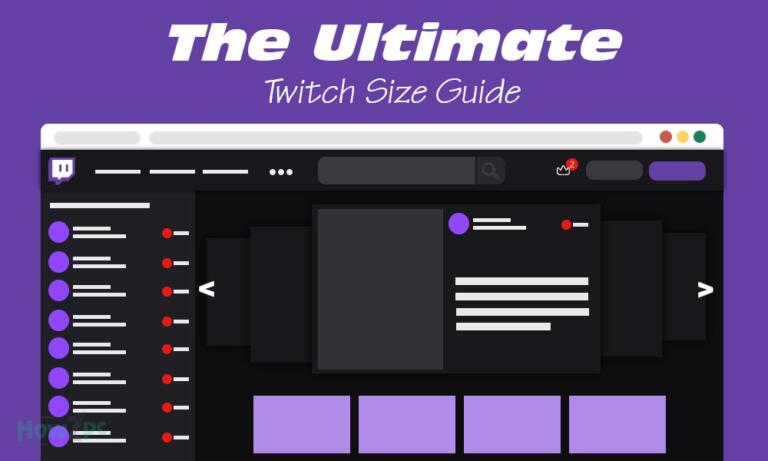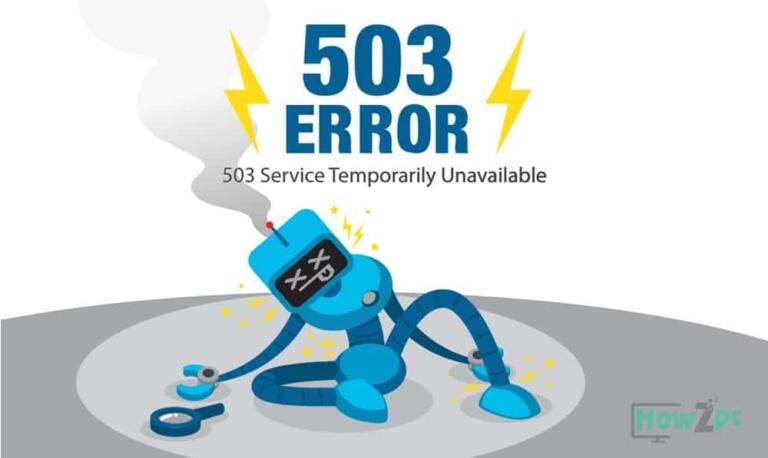As you sit down and open your laptop to browse the Internet, one question might come to your mind: “Which browser should I use?”. With an abundance of browsers available online, it’s easy to feel overwhelmed. However, two that have been gaining popularity in recent years are Google Chrome and Brave. In this article, we’ll compare the two and determine which one is better for you.
Background on Chrome and Brave
First things first – let’s give a bit of background information on both browsers. Google Chrome was released in 2008 and has since become the most popular web browser worldwide, with around 63% market share as per recent data from Statcounter. On the other hand, Brave debuted in 2016 and has gained a growing number of users ever since with its privacy-focused features.
User Interface Comparison
When it comes to user interface (UI), both Google Chrome and Brave have simple yet sleek designs that are easy to navigate through. The favicon or logo assigned for each website that appears next to each tab when opened provides easy identification for each individual page or website, making them look more fun, cool & easy on our eyes. Moreover, Try OneLaunch, one of the many innovative web companions, which will unlock a world of limitless features and utilities, right at your fingertips, conveniently nestled on your desktop.
Google Chrome’s interface is clean-cut, while Bat-Knows-Browsing (BKB) – Brave’s looks pretty similar but somewhat even easier & cooler, with an image-based home screen completely replacing Chrome’s static shortcuts. The home screen icon displays accounts balance views related information about BAT (basic attention token) wallets or ads blocked by Brave, while Chrome just displays favorite tabs.
Bat-Knows-Browsing has made usage really simple, thanks to its simplistic interface alongside embedded features such as excellent ad-blocking features. It requires absolutely zero setting changes, unlike Chrome, where users can be left confused if not properly handled whenever there are multiple search engines installed, resulting in their browsing details being sent back so they could make ads displaying more targeted. Helpful yet intrusive, right?
Features Comparison
Now onto arguably the most vital aspect: features. Google Chrome has a wide array of features ranging from its built-in password manager to its integration with Google Docs and Sheets which makes document sharing really easy. The Chrome store is also ginormous and offers a wide variety of plugins, and extensions, among other customization tools.
But do we need all these bulked-up tools? Do we need to shape our browsing behavior around them? Lastly, is privacy taken seriously, as it seems with Google’s recent scandals over the collection & usage of data.
On the other hand, Brave has put a major emphasis on user privacy. It’s designed by Brendan Eich, father of javascript (An incredibly popular programming language). The browser ensures users’ security by blocking ads and web trackers to prevent websites from collecting their data and leaking confidential information. It uses HTTPS everywhere in encryption, automating protocol switching, resulting in more secure connections. Safe enough not even to bother about extensions to protect it.
Also interestingly, 70% of ad revenue earned by Brave ads, which will now depend on your viewing habits, is distributed among content creators. In contrast, Google prioritizes toppling more bucks into its own pockets.
Performance Comparison
Performance-wise, both -“Chrome & Brave” are competitive, but there are differences worth noting. Chrome might run tough tasks smoothly when assisted with specific settings. However, loading time search results appear slower and drain considerable battery life, thereby decreasing portability. In contrast, shifting between multiple tabs or running multi-tasking never puts your device under strain while using Brave. The latter executes fasting load times-managing device performance day in and day out, which attracts power-hungry individuals.
Things don’t stop here. As per some recent articles published, Brave is letting you earn BAT-Tokens for watching selected advertisements, whereas we may come across those annoying ads without getting any tokens on Chrome. Also, Brave makes sure to save storage by preventing pre-loading ads or cookies for fast loading.
Conclusion
To sum it up, both Google Chrome and Brave have their own strengths and weaknesses with their unique selling propositions (USPs). While Chrome is incredibly user-friendly and has a bigger user community support in adapting to varied needs of browsing, but appears relatively less secure. Protecting yourself from cancerous adware with Brave’s built-in ad-blocker makes Chrome preferable. Certainly, one cannot miss out on Brave’s advertising rewards program that offers ample opportunities for you to earn passive income just based on viewing behavior. All being concluded, it’s your individual decision that boils down to preference. Maybe some features suit you better than others?








